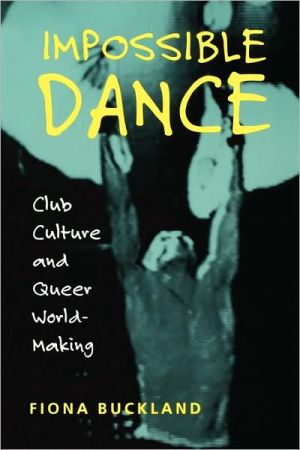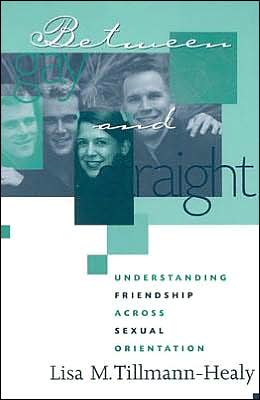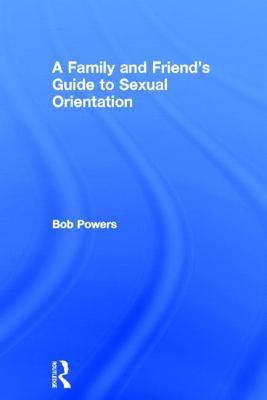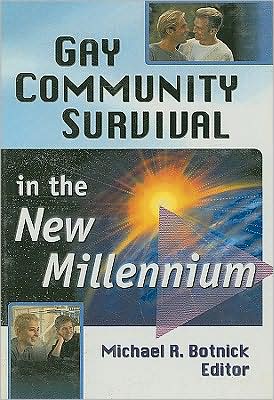Impossible Dance: Club Culture and Queer World-Making
"Impossible Dance is a highly accessible, original and engaging account of the complex and often heavily theorized debates around the body, identity and community. Focusing on gay, lesbian and queer club culture in the 1990s New York City, this is the first book to bring together vital issues such as dance culture, queer community, sex culture, HIV identity and politics. Based on four years of field work, the book takes readers on a journey from the streets of New York City into the dance...
Search in google:
An ethnographic account of gay, lesbian and queer club culture in the 1990s New York City. Publishers Weekly Charting the significance of gay and lesbian clubs in the formation of personal identity and community, Buckland, a senior editor at Amazon.co.uk, constructs a history of gay night spaces in Manhattan and uses performance theory and queer theory to explicate their importance. Structuring her argument around the joint propositions that "our lives are defined by the limits of our imagination" and that dancing "is a vertical expression of a horizontal desire," Buckland mixes first-person narratives of club goers with social and cultural theory (from Jergen Habermas, Walter Benjamin and Edward Soja, among others) to look at how the existence and "social production" of queer clubs resist what theorist Michael Warner calls "heteronormativity." Less about a specific identity or community politic, the clubs do what she describes as "world making" "a production in the moment of a space of creative, expressive, and transformative possibilities, which remain fluid and moving by means of the dancing body." Drawing upon a wide range of venues, from the AIDS organization Body Positive's T-Dance for HIV-positive men to Latino dance clubs in Astoria, Queens, Buckland presents a broad cross-section of queer life. Counterpointing this material with critiques of gay demimonde nightlife (by Rudolph Giuliani and conservative homosexuals Andrew Sullivan and Bruce Bawer, among others), Buckland exposes the cultural tensions that both attack and reinforce the need for such gathering places. (Jan.) Forecast: Written in a dense postmodern jargon, Buckland's insightful book will appeal mostly to queer theorists and other academics, but not those looking for exuberant firsthand descriptions of club experience, though Buckland does present her experiences and those of her informants with energy. With Giuliani's term ended, a resurgence in New York underground nightlife is in the air, but this is one for the stacks rather than the club goer's knapsack. Copyright 2001 Cahners Business Information.
AcknowledgmentsTimelineIntroduction: Impossible Dance11The Theater of Queer World-Making162The Currency of Fabulousness: Fashioning the Self, Fashioning the Lifeworld363Slaves to the Rhythm? Using Music, Space, Dance, and the Ideas of the Body654The Order of Play: Choreographing Queer Politics865Only When I Lose Myself in Someone Else: Desire, Mimesis, and Transcendence1116Closer: Crackdown, Community, and the Physicality of Queerness1287Mr. Mesa's Ticket: Memory and Dance at the Body Positive T-Dance159Appendixes185Notes201Bibliography207Index215
\ Publishers WeeklyCharting the significance of gay and lesbian clubs in the formation of personal identity and community, Buckland, a senior editor at Amazon.co.uk, constructs a history of gay night spaces in Manhattan and uses performance theory and queer theory to explicate their importance. Structuring her argument around the joint propositions that "our lives are defined by the limits of our imagination" and that dancing "is a vertical expression of a horizontal desire," Buckland mixes first-person narratives of club goers with social and cultural theory (from Jergen Habermas, Walter Benjamin and Edward Soja, among others) to look at how the existence and "social production" of queer clubs resist what theorist Michael Warner calls "heteronormativity." Less about a specific identity or community politic, the clubs do what she describes as "world making" "a production in the moment of a space of creative, expressive, and transformative possibilities, which remain fluid and moving by means of the dancing body." Drawing upon a wide range of venues, from the AIDS organization Body Positive's T-Dance for HIV-positive men to Latino dance clubs in Astoria, Queens, Buckland presents a broad cross-section of queer life. Counterpointing this material with critiques of gay demimonde nightlife (by Rudolph Giuliani and conservative homosexuals Andrew Sullivan and Bruce Bawer, among others), Buckland exposes the cultural tensions that both attack and reinforce the need for such gathering places. (Jan.) Forecast: Written in a dense postmodern jargon, Buckland's insightful book will appeal mostly to queer theorists and other academics, but not those looking for exuberant firsthand descriptions of club experience, though Buckland does present her experiences and those of her informants with energy. With Giuliani's term ended, a resurgence in New York underground nightlife is in the air, but this is one for the stacks rather than the club goer's knapsack. Copyright 2001 Cahners Business Information.\ \





